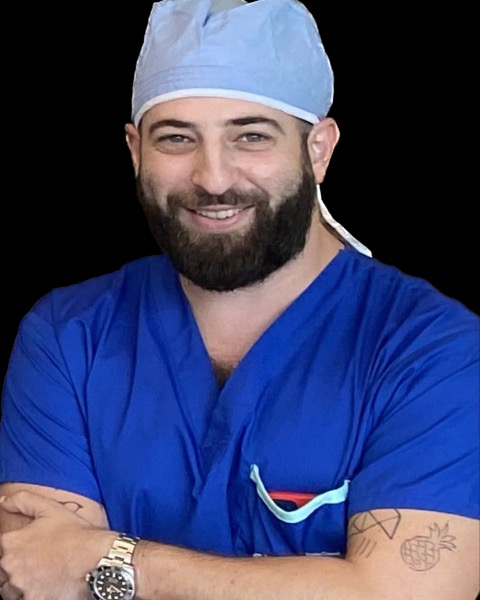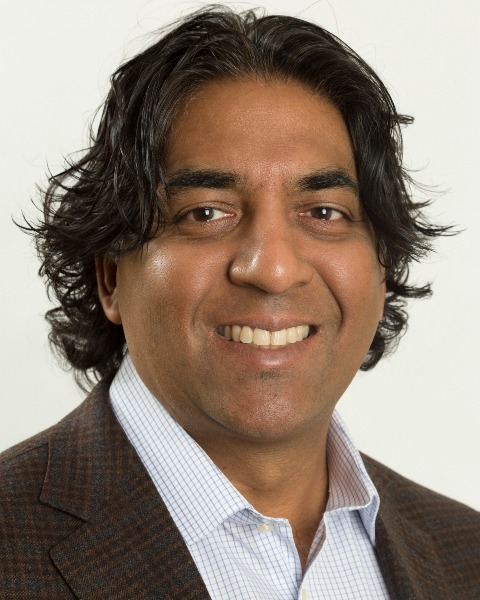Dialysis Interventions and Transplant Interventions
Two Year Cumulative Patency Following Creation of Endovascular Arteriovenous Hemodialysis Fistulas with the WavelinQ Device

Erez Klein, MD
VIR Clinical Fellow
University Health NetworkDisclosure(s): No financial relationships to disclose

Dheeraj Rajan, MD, FACR, FSIR
Professor
University of Toronto, Canada.jpg)
Brandon Repko, MD
Vascular Interventional Radiologist
Butler Memorial Hospital
Presenting Author(s)
Author/Co-author(s)
To assess two-year cumulative patency of endovascular arteriovenous fistulas (endoAVF) created with the WavelinQ device
Materials and Methods:
Patients who had fistulas created at a single center from December 2019 to December 2020 were included in this retrospective study. Data points collected included patient demographics, location of fistula creation, interventions performed and brachial artery flows pre and post creation. Two-year cumulative patency was assessed with Kaplan Meir method and variables that affected patency were examined using the Cox proportional hazards model.
Results:
Forty-three patients underwent endoAVF creation. (22 females, 21 males). Technical success was 95% (41/43) and in 2 patients the fistula did not mature for dialysis use. For the remaining 39 patients where the endoAVF matured, two-year cumulative patency was 94.8% (SE 3.6%). Mean follow up was 665.7 days with no patients lost to follow-up. There were 15 censored events with two patients undergoing renal transplantation and 13 patients passing away. No examined variables including location of the fistula, brachial flow pre/post creation, and patient demographics significantly impacted patency. Number of interventions per patient year was 0.38 where 8 were maturation procedures (5 surgical vein elevations/transpositions and 3 coil embolizations) and 21 angioplasties for maintenance of fistula patency. 25 were ulnar/ulnar fistulas and 10 were radial/radial fistulas with remaining cases created between the interosseous artery and ulnar or interosseous vein. Mean brachial artery flow pre and post creation was 69 ml/min and 1008 ml/min respectively. One major complication occurred with coil migration to the heart with successful retrieval at the time of the procedure.
Conclusion:
A high two-year patency following endoAVF creation with the WavelinQ device was observed in this single center experience.

.png)
.png)
.jpg)
.png)
.png)
.jpg)
.jpg)
.png)
.png)